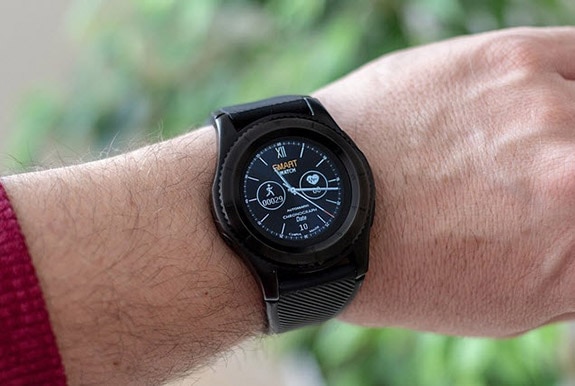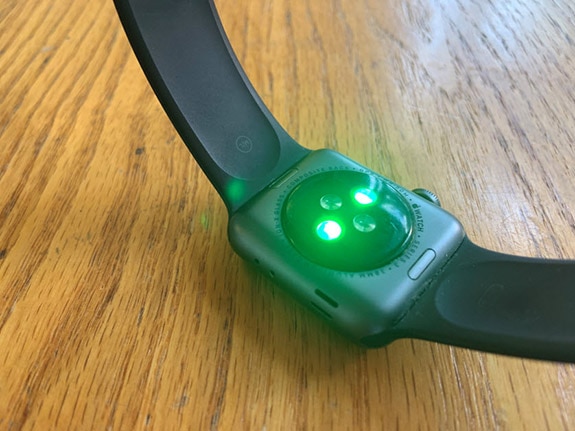The Basics of Photoplethysmography
2024-01-03 | By Andrew Chen
Do you ever wonder how your smart watch can read your heart rate just by having it around your wrist?
You may associate it with voodoo magic, but that couldn't be further from the truth! Many modern smartwatches, like Apple or Wahoo, use special hardware modules designed to measure your heart rate using the concept of photoplethysmography. Now, that's a really big word to digest, but the definition is a lot simpler than what the word looks like. Photoplethysmography is defined as an optical technique used to measure changes in the volume of your blood vessels.

To understand the basics, the human body regularly pumps blood through your body's vessels, which causes periodic dilations in your veins. Typically, to observe this small change in the volume of your blood vessels, the PPG device is worn in areas where the skin is relatively thin, such as your fingertip, earlobe, wrist, or forehead!
A lot of heart rate monitors, such as Apple smartwatches, utilize shining a light source such as an LED (light-emitting diode) onto the skin.

What happens is that some of the light gets absorbed by your skin and tissue, but the rest of the light is scattered depending on the blood volume in the vessels. The primary source of scattering is the amount of red blood cells, white blood cells, and other things in your vessels at any particular point. The more stuff there is present in the blood vessels, the more light gets diffracted, which can be used to distinguish peaks where blood surges through your vessels as a result of your heart beating.
Now, with the basic premise over, we would need certain devices to record that periodic change in light intensity as a result of the change in volume. For many heart rate devices, they use the LED in conjunction with a photodetector. Light that is not absorbed or scattered can pass through the tissue and be detected by the photodetector, or it can be bounced back and detected.
That data is a signal known as a photoplethysmogram (PPG), where you can observe periodic and rhythmic variations that correspond to your heart rate. This signal is then recorded, and the device analyzes your heart rate based on the peaks of light that the photodetector can pick up on.
Be on the lookout for a technical project for this heart rate monitor in the near future! If you have any questions, please write them down in the comments. As always, take care and stay curious!
Until next time,
Andrew
Have questions or comments? Continue the conversation on TechForum, DigiKey's online community and technical resource.








